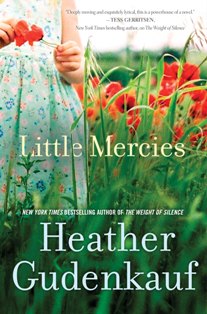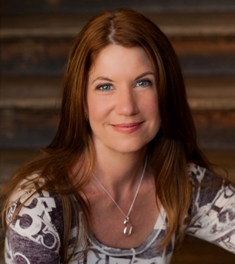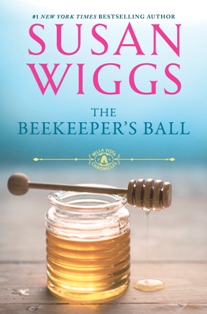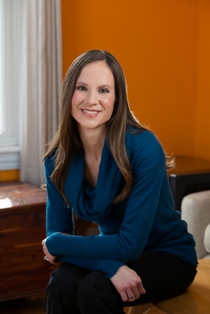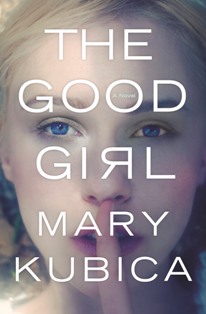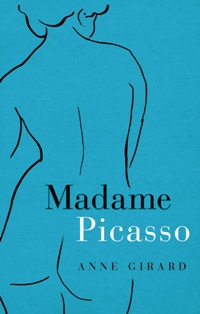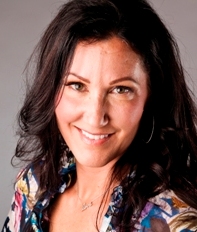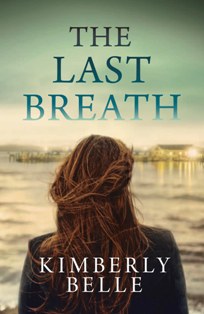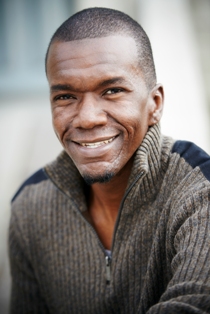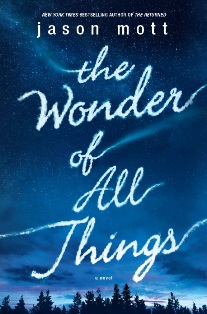In The Beekeeper's Ball (July), New York Times bestselling author Susan Wiggs returns to sun-drenched Bella Vista and a rambling Mission-style hacienda. With its working apple orchards, bountiful gardens and beehives, it's the idyllic venue for Isabel Johansen's destination cooking school--a place for other dreamers to come and learn the culinary arts--and the perfect place for her to forget the past. But Isabel's carefully ordered plans begin to go awry when swaggering, war-torn journalist Cormac O'Neill arrives to dig up old history. This richly imagined novel reveals the secrets that keep us from finding our way, the ties binding us to family and home, and the indelible imprint love can make on the human heart.
Why do you write?
I write because I couldn't figure out how to make a living by being a professional puppy cuddler, or by being the person who gets to open all the new books as they arrive at the library, and sniff the new-book smell.
What was the first thing you wrote?
I have a picture of the first thing I wrote! Check it out! I was three years old.
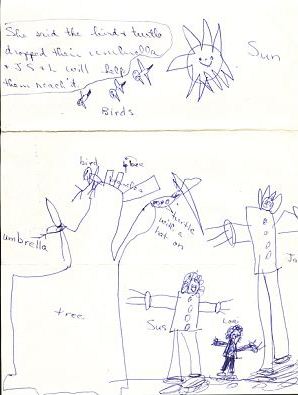
What inspired your latest book?
The characters in The Apple Orchard inspired me to write The Beekeeper's Ball. As I created the world of Bella Vista around the mysterious family heirloom, there were many other intriguing people who came into the picture. Tess, the main character of The Apple Orchard, finally meets Isabel, the sister she never knew she had until they were both adults.
The moment I wrote the scene of their first meeting, I knew there would be a book about Isabel. She is complicated, passionate, shy and deeply lonely. She's yearning for something and striving for something, and her story as it unfolded became the core drama of The Beekeeper's Ball.
[Note: The Apple Orchard, which Mira is publishing this month in trade paperback, tells the story of Tess Delaney, a provenance expert who has always loved finding lost treasures and illuminating history. Her own history has always been filled with gaps--until the existence of a half sister she's never heard of is revealed. Set against the rich landscape of Bella Vista and Sonoma County, Tess begins to discover the simple pleasures of food and family, and a world where family comes first and the roots of history run deep.]
author photo: Susan Doupé










